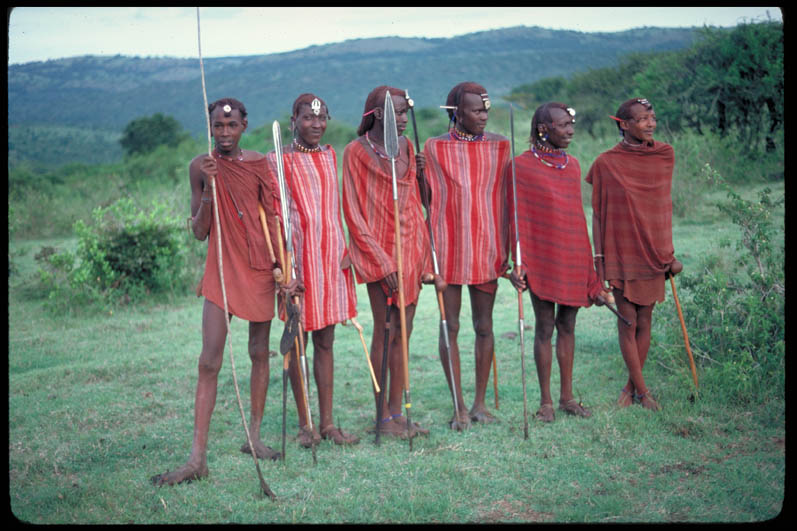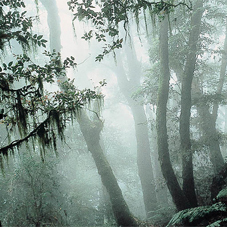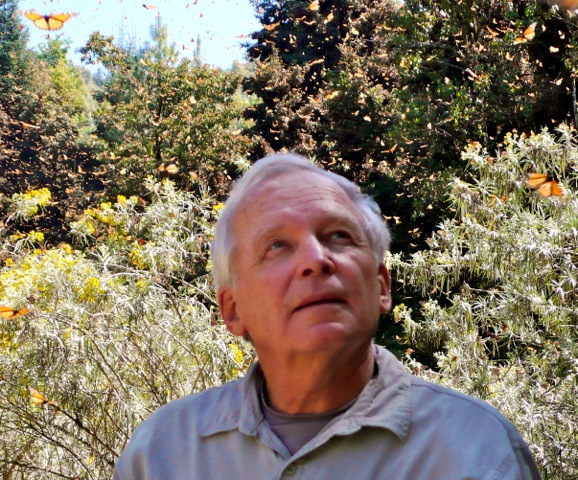Jim Thorsell: from pioneer to veteran of IUCN’s work on World Heritage
The history of IUCN’s work on World Heritage is inextricably linked with Jim Thorsell’s life-long dedication to nature conservation. His passion for adventure into the wild led him to participate in field missions to over 800 protected areas in 90 countries and conduct 150 natural site evaluations during his 20 years at IUCN, where he is now Senior Advisor and a Member of the World Heritage Panel.
A Canadian scientist, he started his career as a park ranger in Banff National Park and then worked as a researcher, trainer and project manager, first in Canada and then in international conservation projects. His involvement with IUCN and World Heritage began over 30 years ago, when he joined as CEO of the World Commission on Protected Areas (WCPA) in 1983 and later headed the World Heritage Programme for 18 years.
As profiled in Christina Cameron and Mechtild Rössler’s recent book Many Voices, One Vision: The Early Years of the World Heritage Convention, “Thorsell began by following the approach of his predecessors but soon introduced field missions and an expert panel to improve the quality of the work.”
Under his leadership, systematic missions to nominated sites were introduced in 1985 as an essential part of the evaluation process and in the early 1990s the World Heritage Panel was formally established.
“The early years were relatively easy ones,” said Jim Thorsell in an address at the celebrations of the 40th anniversary of the World Heritage Convention in Kyoto, Japan in 2012. “Many of the obvious iconic sites came forward and few major issues had to be dealt with.”
However things changed in 1996. In his own words: “A very long and divisive debate over one natural site proposal led the Committee to disregard its procedures and rules as set out in its Operational Guidelines, for the first time. (...) Since this precedent, the Committee has regularly departed from its own rules. This trend seems to have increased in recent years, with the result that its credibility has been seriously questioned.”
This shift towards the politicization of the World Heritage mechanism was indeed confirmed in a 2011 evaluation by UNESCO’s external auditor. A set of 26 recommendations were later endorsed by the General Assembly of States Parties to the World Heritage Convention, recognizing the need to reform the work of the Committee.
Nonetheless Jim Thorsell has kept a firm belief over the years that World Heritage has a real impact on conservation. Among the numerous publications he authored and co-authored, he consistently highlighted the key outcomes and successes that were a direct result of the World Heritage Convention.
“In 1992, for example, we quantified the importance of World Heritage for the first time through 21 success stories published in World Heritage – 20 years later. And ten years ago, at the World Parks Congress, we prepared another overview identifying major improvements to conservation in 45 natural sites. This was evidence that World Heritage was making a real difference,” he says.
“One reason that IUCN continues to support World Heritage has been the impressive record of achievements in the conservation of natural properties for which World Heritage can be given credit.”
Jim Thorsell continues to lend his experience and expertise today as an IUCN Senior Advisor and World Heritage Panel Member, with the conviction that the World Heritage Convention can get back on track of its proven success by restoring high standards and recalling its original purpose: conserving the world’s most outstanding heritage sites.







